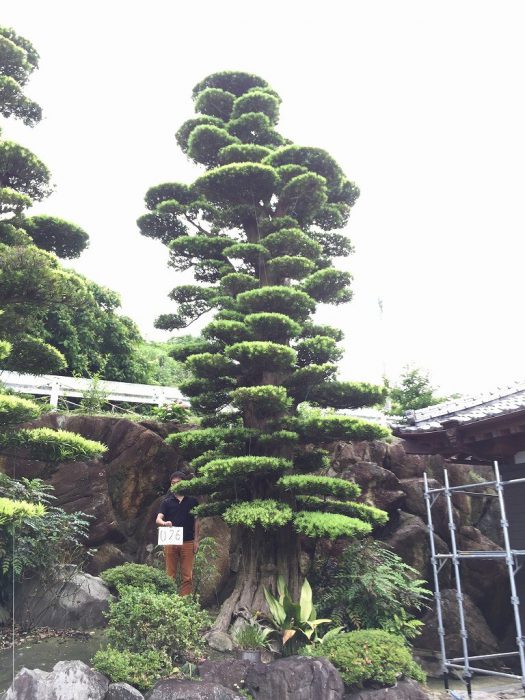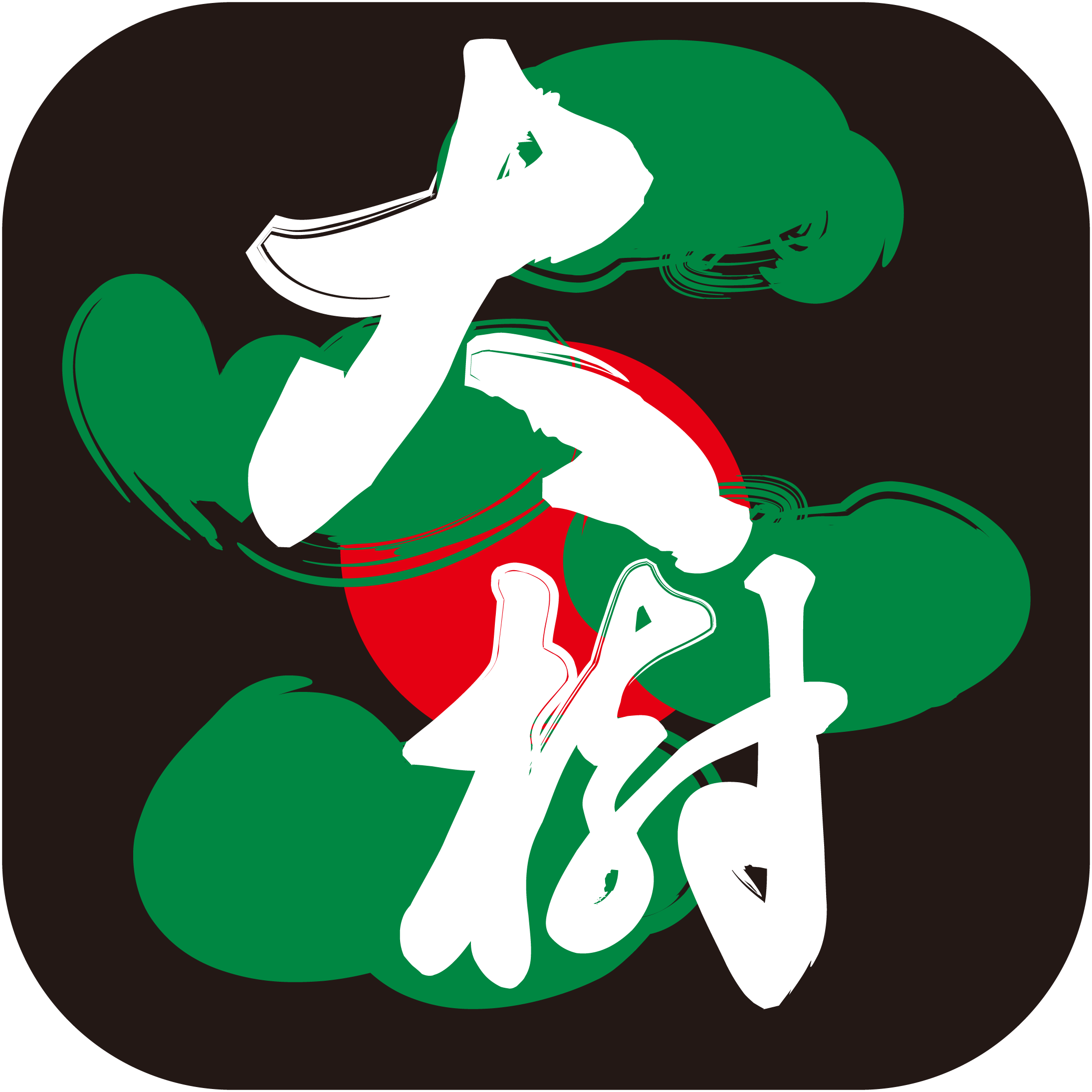Podocarpus macrophyllus

Podocarpus macrophyllus
Feature
Male flower of Podocarpus macrophyllus
Height is about 20 m. The bark is whitish brown, finely thin and peeled in portrait. The stem grows straight, the branch tip faces upwards, but when it comes to a big tree the branch tip drops. The leaves are long and slender but flat, the main line is clear, and it has a shape invisible to so-called coniferous leaves.
Dioecious strain. Many male flowers are attached to the branches of the previous year, hanging down like a spike, yellow. A female flower has a small envelope leaf at the end of a pattern of about 1 cm, one of which extends and contains an ovule at its tip. The part containing the ovule swells into seeds, its base also swells round. The bulge of the base is said to be a flower bed, it gradually turns red as it ripenes, it is a fake fruit that can be eaten sweetly, although it is a bit odorless. The seeds turn green and blow white powder. It contains poisonous ingredients and can not be eaten. As a whole it looks like skewered green and red dumplings. It seems that seed spraying occurs when birds eat this flower bed. Seeds may start to germinate when they are still on the tree, which is called embryonic seed.
It grows in a lucidian forest, and in some cases it is dominant in shrine forests and others. This is said to be due to the fact that Podocarpus macrophyllus which is strong in wind is often susceptible to wind influences as the forest becomes smaller.
pest
The larvae of M. keloida cause leaf injury. Expansion of the habitat area is said to be related to global warming, but there are records that occurred in the South Kyushu area in the 1950s . Podocarpus macrophyllus derived Podocarpus macrophyllus By accumulating substances such as lactone and naggi lactone in the body, it escapes from predation of birds and the like.
